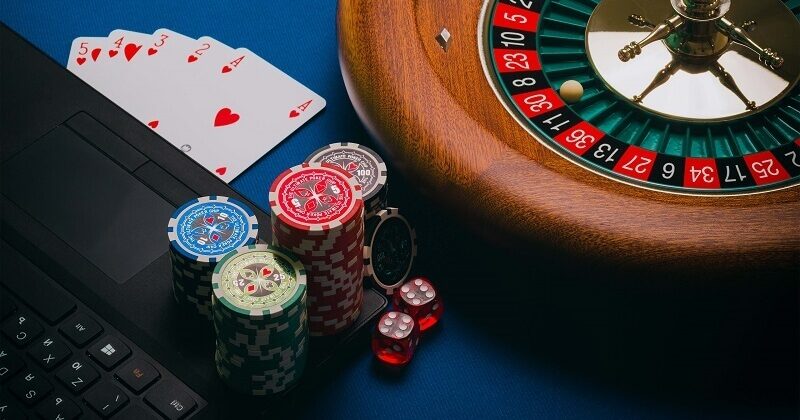
The Gambler’s Dilemma: Balancing Risk and Reward at the Casino
The Gambler’s Dilemma: Balancing Risk and Reward at the Casino” delves into the intricate dance between risk and reward that defines the allure of the casino floor. In this exploration, we navigate the psychology behind gambling, examining the delicate equilibrium between the adrenaline-fueled pursuit of fortune and the sobering reality of potential losses. From strategic decision-making at the poker table to the seductive appeal of slot machines, this narrative unravels the intricate tapestry of human behavior and mathematical probability that shapes the gambling experience, offering insights into how individuals navigate the fine line between calculated risk and reckless abandon in their quest for the elusive jackpot.
Understanding the Psychology of Risk-Taking
In the captivating realm of the casino, the psychology of risk-taking plays a pivotal role in shaping the gambler’s decisions. From the thrill-seeking adrenaline junkie to the cautious strategist, individuals bring a diverse array of motivations and psychological tendencies to the gaming table. Psychologists and behavioral economists have long studied the phenomenon, uncovering insights into why some are drawn to high-stakes games of chance while others prefer more conservative approaches. The allure of potential rewards intertwines with the fear of loss, creating a complex interplay of emotions and cognitive biases that influence every bet placed and every card drawn. Understanding these psychological dynamics is crucial for both players and casino operators seeking to navigate the intricate landscape of risk and reward.
Navigating Probability and Chance
At the heart of every casino game lies the fundamental concept of probability, where mathematical calculations intersect with the unpredictable whims of chance. Whether it’s the roll of the dice in craps, the spin of the roulette wheel, or the deal of the cards in blackjack, each outcome is governed by mathematical probabilities. Yet, despite the cold logic of numbers, gamblers often find themselves grappling with the irrational hope of defying the odds and hitting the jackpot. This tension between statistical likelihoods and irrational optimism fuels the perpetual excitement of the casino floor, where every spin, roll, or hand dealt holds the promise of instant riches. Navigating this delicate balance requires a nuanced understanding of probability theory, tempered with a healthy dose of skepticism and self-awareness.
Exploring Alternatives and Experiences
In an age of digital innovation and globalization, the landscape of gambling has expanded far beyond the confines of traditional brick-and-mortar casinos. The rise of online gambling platforms has democratized access to betting opportunities, offering a diverse array of games and experiences to players around the globe. From virtual slot machines to live dealer blackjack tables, the digital realm offers endless possibilities for those seeking the thrill of the gamble. Moreover, for individuals seeking alternatives to traditional casinos, the burgeoning market of not on Gamstop sites provides a refuge for those looking to bypass self-exclusion programs and continue their gaming pursuits. However, as with any form of gambling, it’s essential for players to approach these alternatives with caution and responsibility, mindful of the potential risks and consequences involved.
In conclusion, “The Gambler’s Dilemma: Balancing Risk and Reward at the Casino” sheds light on the intricate interplay between risk and reward that defines the gambling experience. From the psychological motivations driving players to the mathematical probabilities governing each outcome, the casino floor serves as a microcosm of human behavior and decision-making. As we’ve explored, the allure of the jackpot and the adrenaline rush of the gamble can be intoxicating, but they also come with inherent risks. Whether one chooses to engage in traditional casino games or explores alternatives like non-Gamstop sites, it’s imperative to approach gambling with a sense of mindfulness and responsibility. By understanding the psychological underpinnings of risk-taking, navigating the probabilities at play, and considering alternative experiences, individuals can strive for a balanced approach to gambling that maximizes enjoyment while minimizing potential harm. Ultimately, in the ever-evolving landscape of the casino, finding harmony between risk and reward is the ultimate challenge—one that continues to fascinate and captivate players around the world.
